Not all flowers need a ton of sunlight to thrive! If you’re looking to add some color to your yard or home without having to invest in a lot of sun-loving plants, check out this list of the top 10 flowering plants that require less sunlight.
Flowering plants need less sunlight than people think. In fact, they thrive in areas that get only a few hours of direct sunlight each day. -Dr. John D. Whitman
Top 10 Flowering Plants That Require Less Sunlight

1. Begonia:
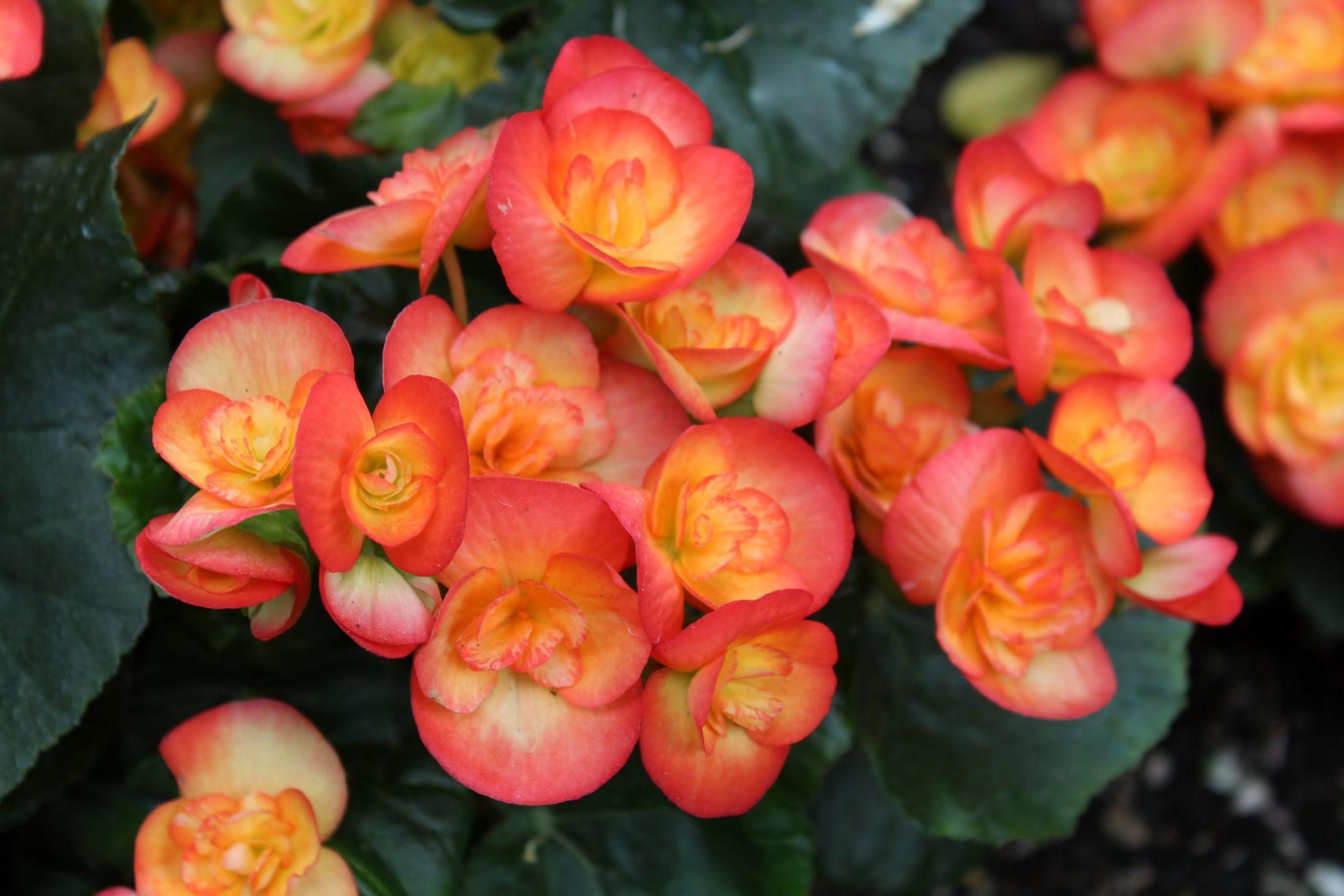
A popular houseplant, Begonia is known for its colorful flowers and interesting leaves. While Begonia does best in bright, indirect light, it can also survive in low-light conditions. Begonias are available in a wide range of colors, making them a versatile addition to any home.
2. Coleus:
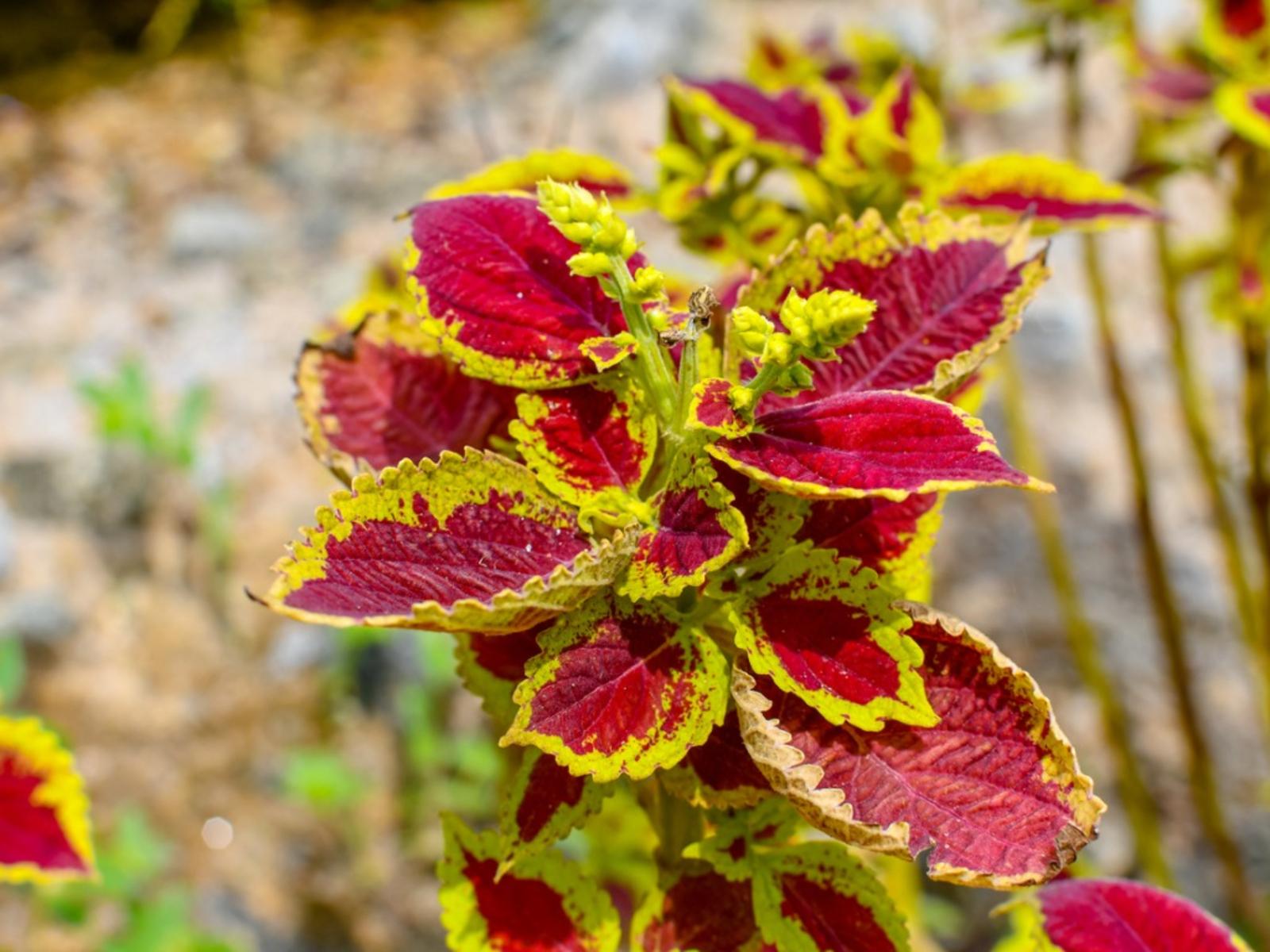
Coleus is a popular annual that is known for its brightly colored leaves. Although Coleus does best in full sun, it can also tolerate low-light conditions. Coleus is a versatile plant that can be used as a groundcover, in hanging baskets, or as an accent plant in a garden.
3. Impatiens:
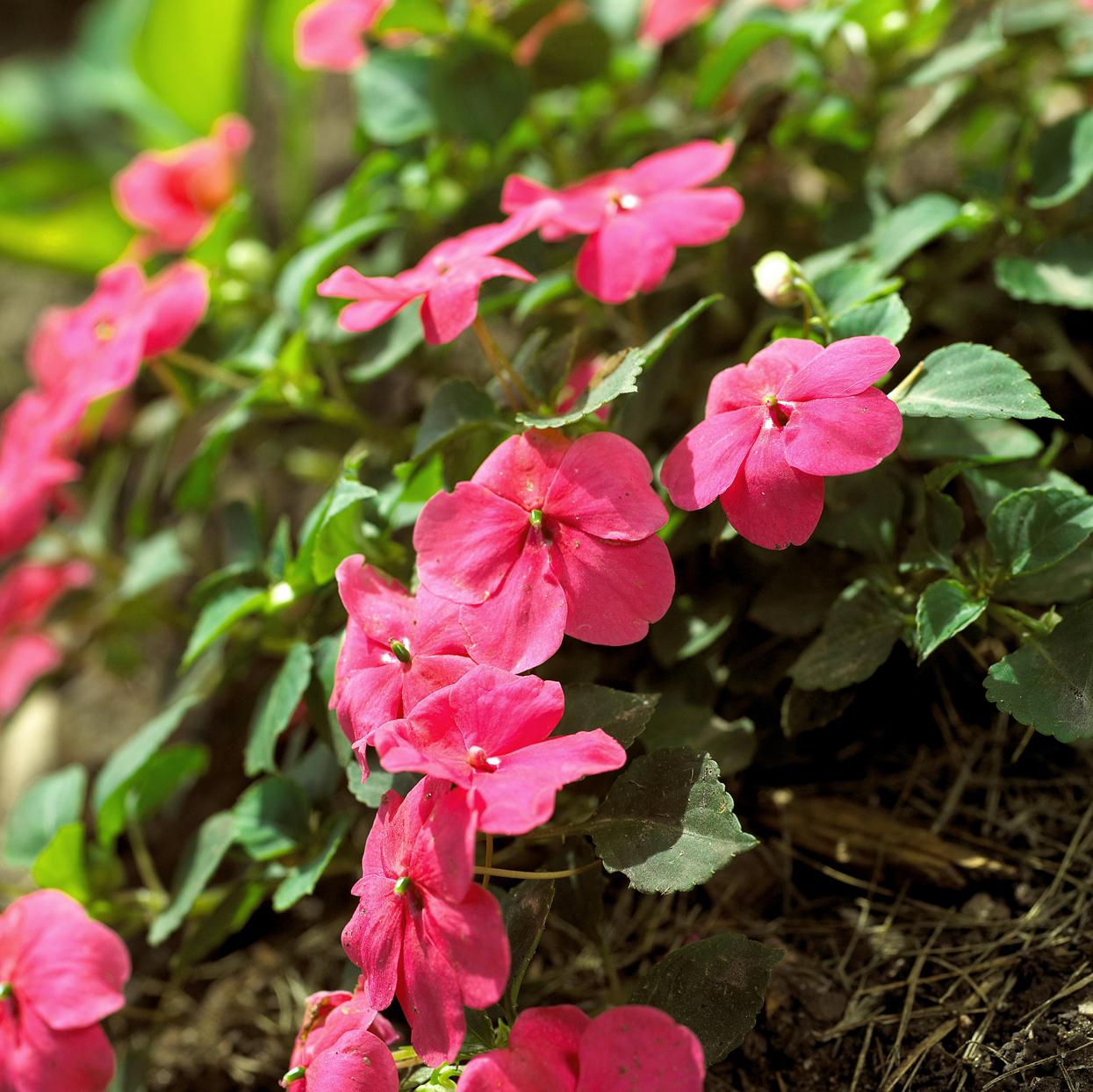
Impatiens are a popular annual that are known for their small, but brightly colored flowers. Impatiens do best in full sun, but they can also tolerate low-light conditions. Impatiens are available in a wide range of colors, making them a versatile addition to any garden.
4. Plectranthus:
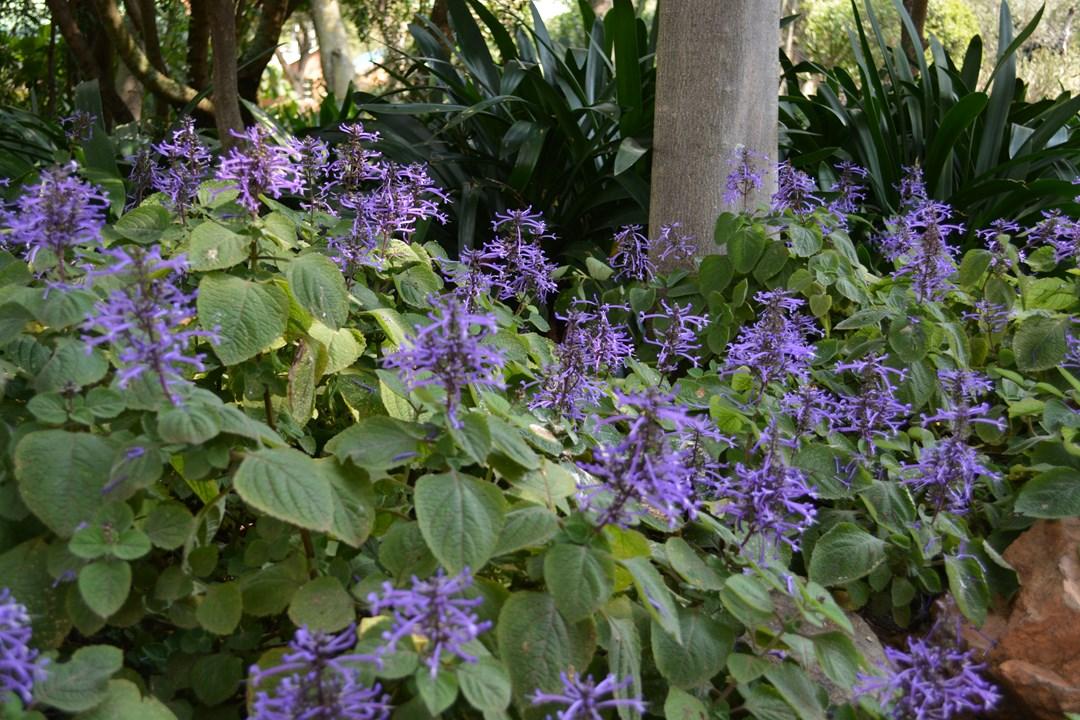
Plectranthus is a popular garden plant that is known for its purple flowers. While Plectranthus does best in bright, indirect light, it can also survive in low-light conditions. Plectranthus is an annual plant that can be grown in pots or as a bush in a garden.
5. Fuchsia:
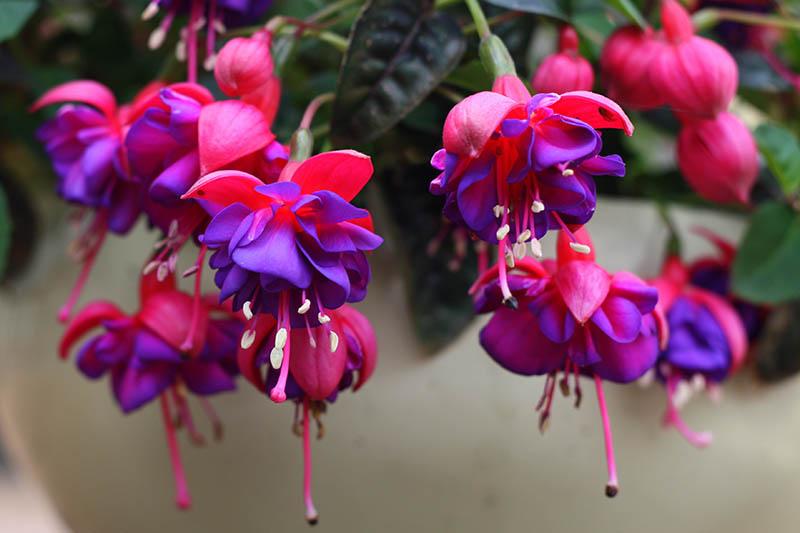
Fuchsia is a popular annual that is known for its vibrant, magenta-colored flowers. The plant gets its name from the deep shade of magenta also called Fuchsia. While Fuchsia does best in full sun, it can also tolerate low-light conditions. The flamboyant colors of the Fuchsia plant make it an attractive option for an outdoor garden.
6. Caladium:
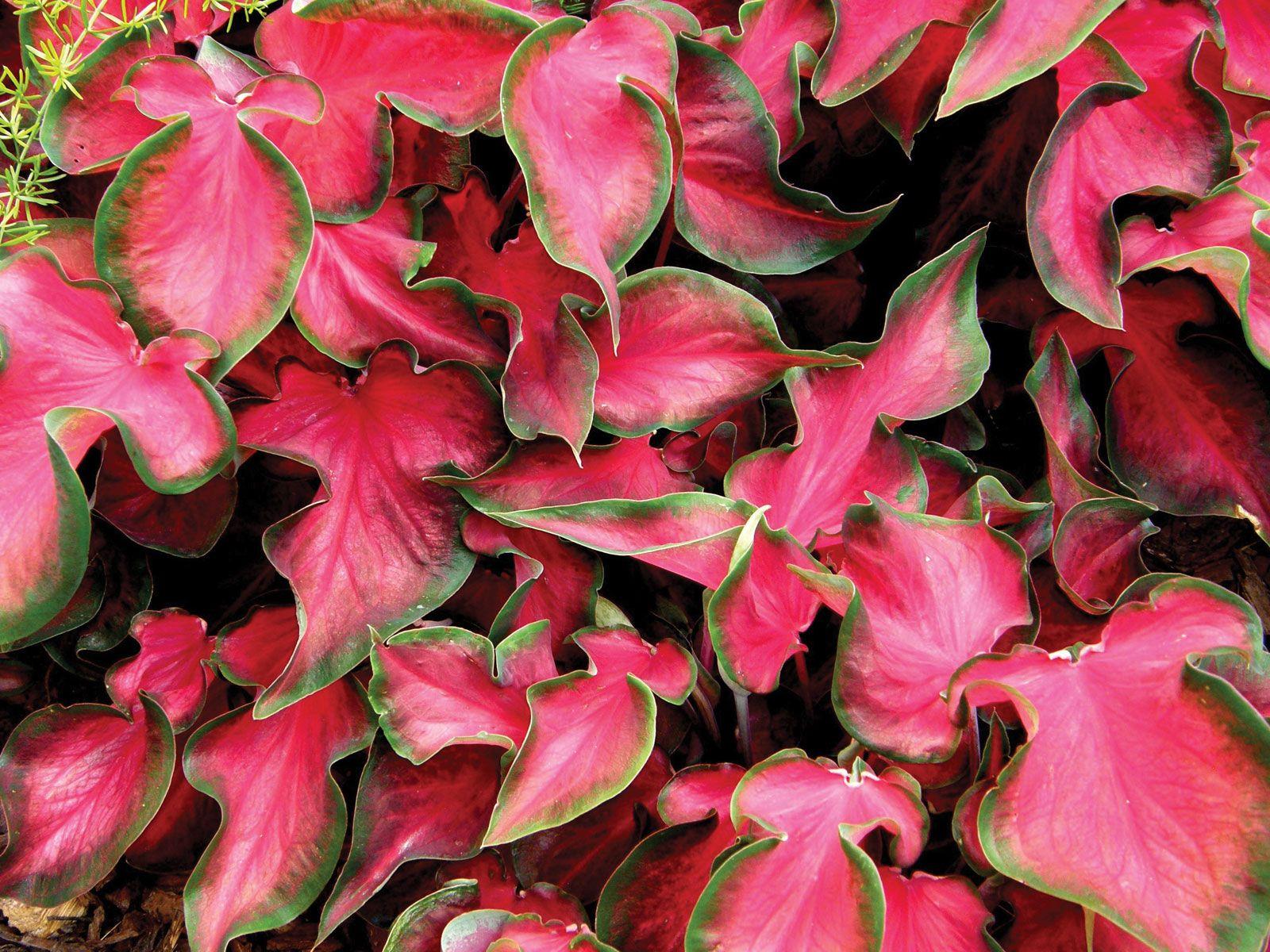
Caladium is a popular houseplant that is known for its brightly colored leaves. While Caladium does best in full sun, it can also tolerate low-light conditions. Caladium is a versatile plant that can be used as a groundcover, in hanging baskets, or as an accent plant in a garden.
7. Saintpaulia:
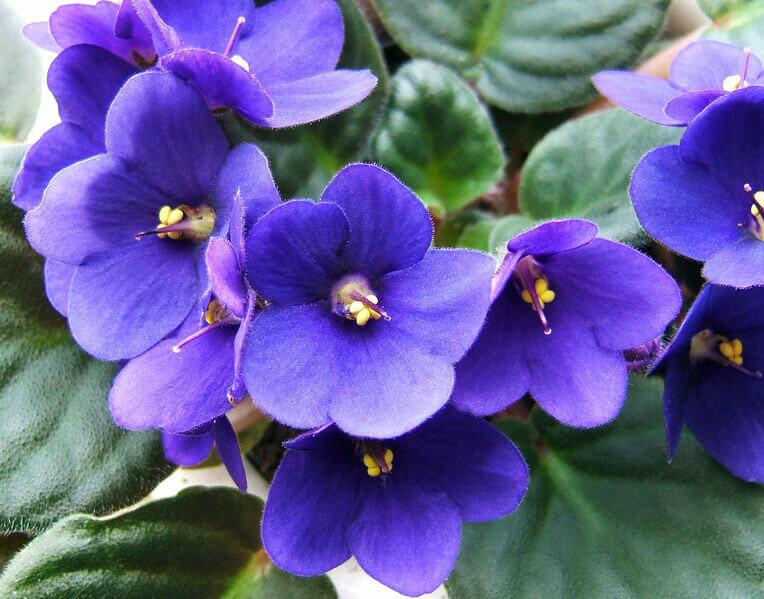
Saintpaulia, commonly known as African Violet, is a popular houseplant that is known for its deep purple flowers and rounded leaves. While Saintpaulia does best in bright, indirect light, it can also survive in low-light conditions. Saintpaulia is a versatile plant that can be used as a groundcover, in hanging baskets, or as an accent plant in a garden.
8. Chrysanthemum:
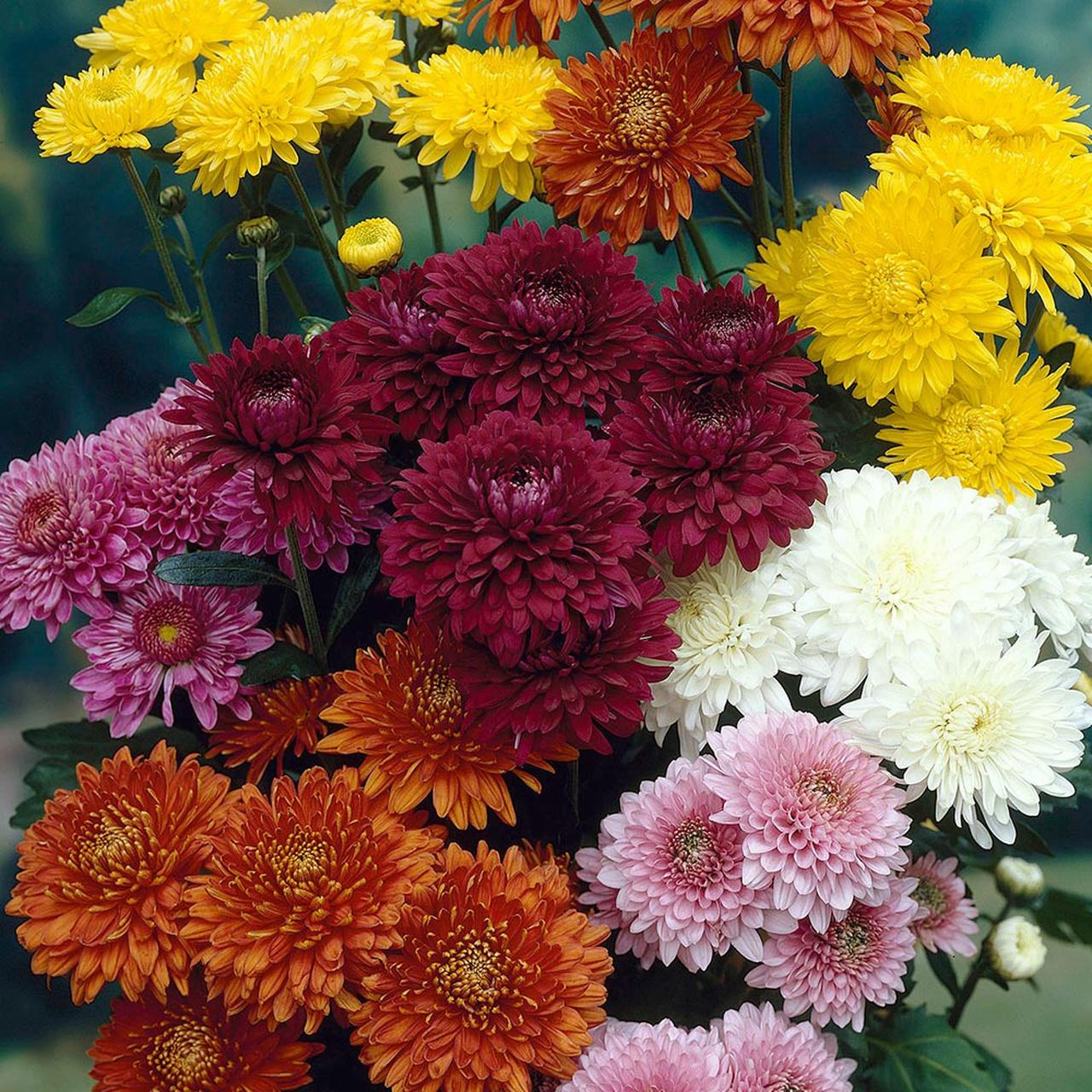
Chrysanthemum is a popular annual that is known for its round and brightly colored flowers. While Chrysanthemum does best in full sun, it can also tolerate low-light conditions. Chrysanthemum is available in a wide range of colors, making them a versatile addition to any home.
9. Saxifraga:
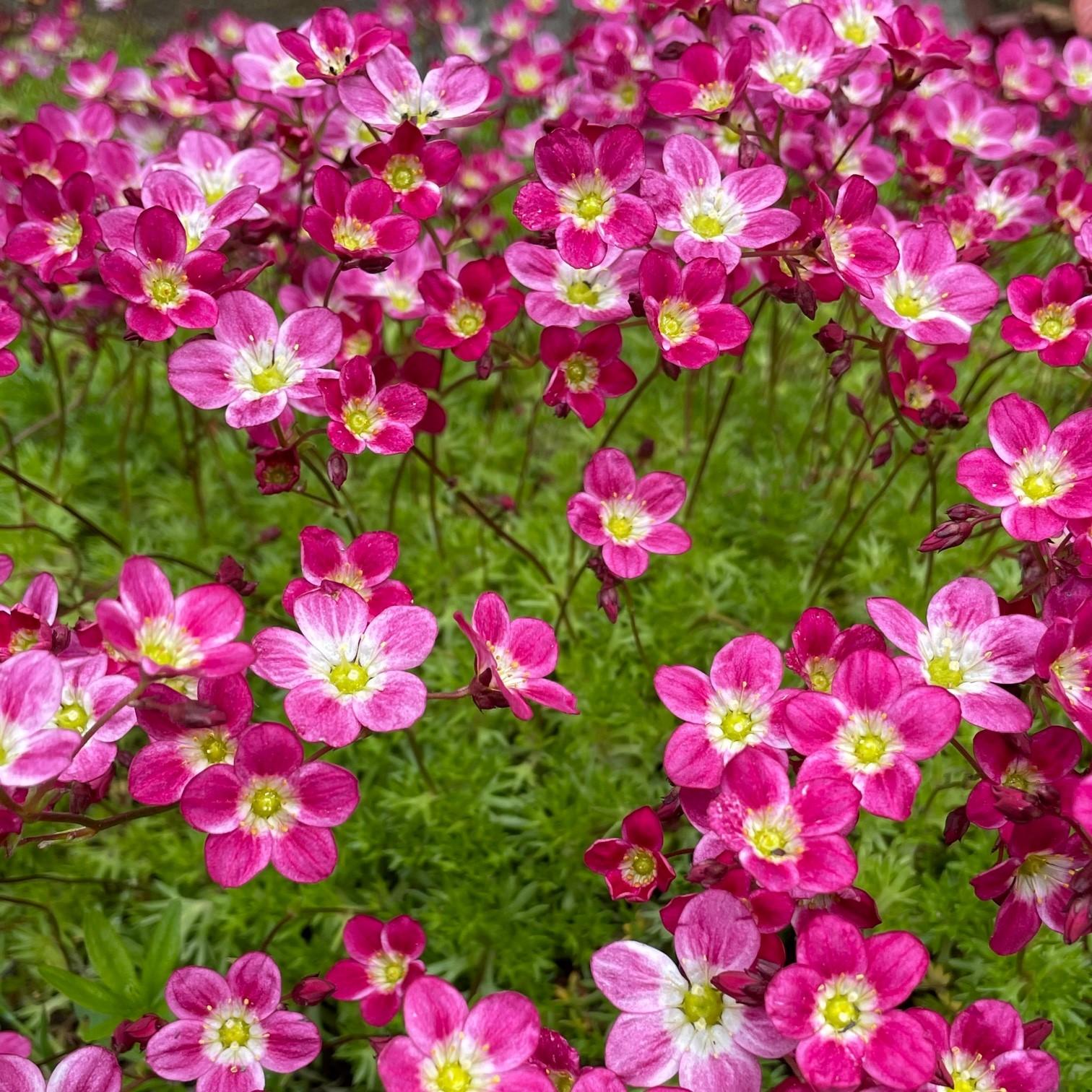
Saxifraga is a popular houseplant that is known for its miniscule but eye-catching flowers. While Saxifraga does best in bright, indirect light, it can also survive in low-light conditions. Saxifraga can be found in a hot pink shade or soft white, making it a versatile plant that can be used as a groundcover, in hanging baskets, or as an accent plant in a garden.
10. Hydrangea:
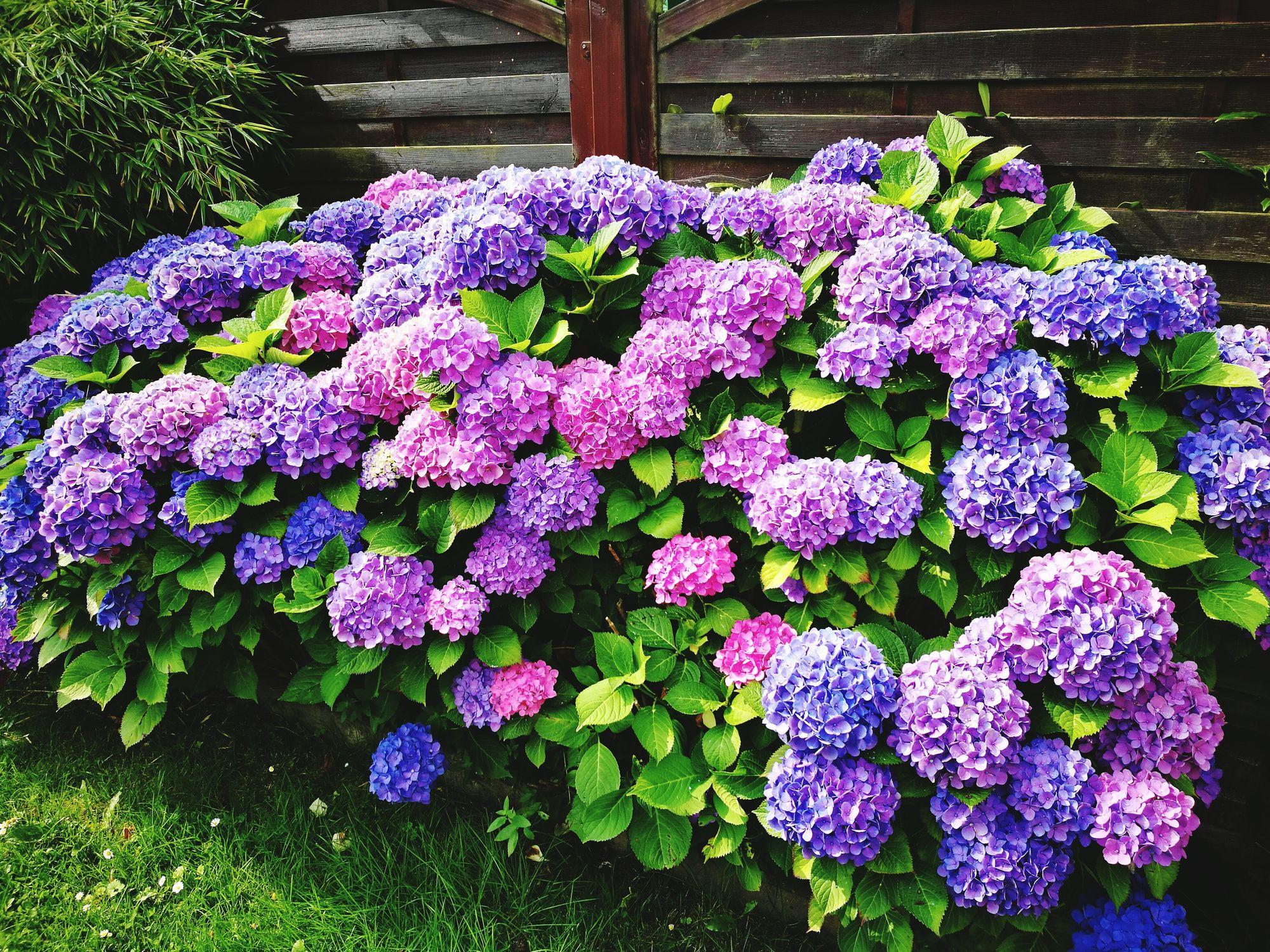
Hydrangea is a popular shrub that is known for its large, showy flowers. Another one of the Hydrangea’s distinct characteristics is its large, round leaves forming a point at the tip. While Hydrangea does best in full sun, it can also tolerate low-light conditions. Hydrangea is a versatile plant that can be used as a groundcover, in hanging baskets, or as an accent plant in a garden.
There are also other flowers that can thrive in lower-light conditions, including:
Lobelia: Lobelia is a flowering plant that produces small, blue flowers. It’s a popular choice for shady areas because it doesn’t require much sunlight to thrive.
New Guinea Impatiens: New Guinea impatiens are a type of impatiens that originates from New Guinea. They’re known for their large, colorful flowers and they’re a popular choice for shady areas.
Pansy: Pansies are a type of flowering plant that produces small, brightly-colored flowers. They’re a good choice for shady areas because they don’t require much sunlight to thrive.
Torenia: Torenia is a flowering plant that produces small, blue flowers. It’s a popular choice for shady areas because it doesn’t require much sunlight to thrive.
Viola: Violas are a type of flowering plant that produces small, brightly-colored flowers. They don’t require much sunlight to thrive making them a good choice for shady areas.
Flowers That Don’t Need Sun
1. Aloes
Aloes are a type of succulent that stores water in their leaves. They are native to Africa and thrive in hot, dry climates. Aloes can tolerate partial sun, but do best in shady areas.
2. Begonias
Begonias are a popular type of flower that come in many different colors and varieties. They do best in shady areas and can tolerate some sun. However, too much sun can cause the leaves to scorch.
3. Caladiums
Caladiums are tropical plants that are grown for their colorful leaves. They thrive in shady areas and can tolerate some sun. Too much sunlight can cause the leaves to burn.
4. Coleus
Coleus is a popular type of flowering plant that comes in many different colors and varieties. It does best in shady areas and can tolerate some sun. But, too much time in the sun can cause issues for the plant.
5. Impatiens
Impatiens are a popular type of flower that come in many different colors and varieties. They do best in shady areas and can tolerate some sun. However, giving Impatiens too much sunlight will prevent growth.
6. Ferns
Ferns are a type of plant that thrive in humid environments. They do best in shady areas and can tolerate some sun.
7. Hostas
Hostas are a type of plant that come in many different colors and varieties. They do best in shady areas and can tolerate some sun.
8. Ivy
Ivy is a type of plant that is often used as a groundcover. It does best in shady areas and can tolerate some sun.
9. Periwinkles
Periwinkles are a type of flower that come in many different colors and varieties. They do best in shady areas and can tolerate some sun.
10. Philodendrons
Philodendrons are a type of plant that come in many different colors and varieties. They do best in shady areas and can tolerate some sun.
Shade-loving Flowers
Flowers are one of the most beautiful things on Earth. They come in all colors, shapes, and sizes and can brighten up any day. Some flowers, however, don’t need much sun to thrive. These shade-loving flowers are perfect for gardens that don’t get a lot of sunlight. These plants only need a couple of hours.
1. Begonia – Begonias are a popular shade-loving flower. They come in a variety of colors and their leaves are often attractively marked. They do best in moist, well-drained soil and need to be watered regularly.
2. Caladium – Caladiums are another shade-loving flower that is popular for its colorful leaves. They originate from South America and need warm temperatures to thrive. They do best in moist, well-drained soil and need to be watered regularly.
3. Coleus – Coleus is a popular shade-loving plant that is often grown for its colorful leaves. It is native to tropical regions and needs warm temperatures to thrive. It does best in moist, well-drained soil and need to be watered regularly.
4. Creeping Charlie – Creeping Charlie is a shade-loving plant that is native to Europe. It has small, blue flowers and is often used as groundcover. It does best in moist, well-drained soil and need to be watered regularly.
5. Impatiens – Impatiens are a popular shade-loving flower. They come in a variety of colors and do well in shady areas. They do best in moist, well-drained soil and need to be watered regularly.
6. Ligularia – Ligularia is a shade-loving plant that is native to Asia. It has large, yellow flowers and can grow to be quite tall. It does best in moist, well-drained soil and need to be watered regularly.
7. Pachysandra – Pachysandra is a shade-loving plant that is native to Asia. It is often used as groundcover and has small, white flowers. It does best in moist, well-drained soil and need to be watered regularly.
8. Spiderwort – Spiderwort is a shade-loving plant that is native to North America. It has small, blue flowers and can grow to be quite tall. It does best in moist, well-drained soil and need to be watered regularly.
9. Sweet Woodruff – Sweet woodruff is a shade-loving plant that is native to Europe. It has small, white flowers and is often used as groundcover. It does best in moist, well-drained soil and need to be watered regularly.
10. Vinca – Vinca is a shade-loving plant that is native to Europe. It has small, blue flowers and is often used as groundcover. It does best in moist, well-drained soil and need to be watered regularly.
Quick Tips
- Look for plants that are labeled “partial shade” or “part sun.”
- Begonias, impatiens, and coleus are all flowers that do well in partial shade.
- Try to group plants together so that they can provide shelter for each other from the sun.
- If you are growing flowers in containers, they will likely need more water than those in the ground.
- Mulching around your plants will help to retain moisture and keep the roots cooler.
- Shady areas of your garden may be a good place to grow vegetables that like cooler temperatures, such as lettuce, spinach, and kale.
- Be mindful of the amount of sun exposure your plants are getting. Too much sun can scorch leaves and damage flowers.
- If you live in an area with very hot summers, you may need to provide additional shade for your plants with an awning or sun umbrella.
- Remember that even plants that prefer partial shade need some sunlight to thrive, so don’t put them in a completely dark spot.
“We found that when we exposed the plants to less sunlight, they produced more flowers,” said study author Dr. Pamela Diggle. “This is because less sunlight triggers the plants’ flowering mechanism.”
Conclusion
We hope you enjoyed our list of the top 10 flowering plants that require less sunlight. These plants are perfect for those with limited space or light conditions. With a little care, you can enjoy beautiful blooms all summer long.
Michelle Wilde
Related posts
3 Comments
Leave a Reply Cancel reply
![]()
About Michelle Wilde
Michelle Wilde is a stay-at-home mom and avid plant lover. Armed with a post-graduate degree in Computer Science (no kidding!), she loves researching plants and landscapes. When she is not caring for her 4 kids, she spends time on her passion for plants. She blogs at www.indoorplantschannel.com, the trusted source for indoor plants.
Learn more
Subscribe
* You will receive the latest posts and updates about indoor plants!
Search
Recent Posts
Categories
- Beginner Guides (10)
- FAQ (206)
- General (2)
- How-To Guides (212)
- Indoor Plants (214)
- Pest Management (2)
- Plant Problem Solutions (4)
- Seasonal Growing (2)
- Specialized Environments (2)
- Specific Plant Care (3)
- Technical Growing (2)
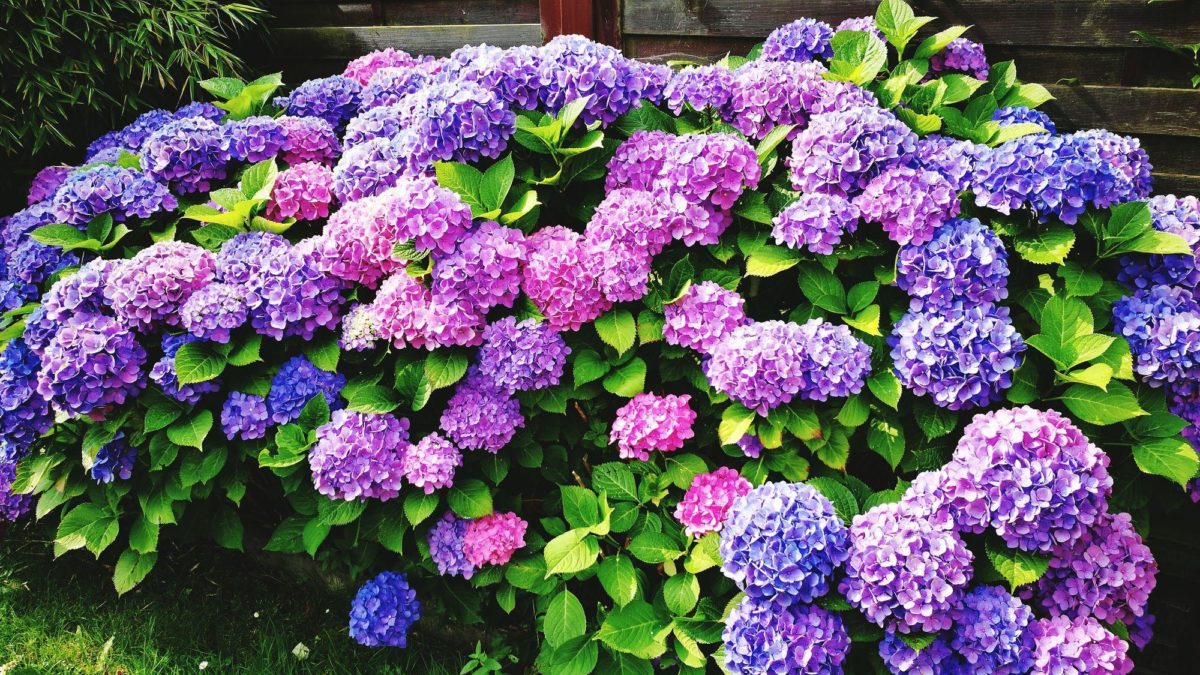
[…] you want to make sure your flowering plants get enough sunlight, there are a few things you can do. First, check the light requirements of the specific plant […]
[…] to add some color to your garden without having to deal with direct sunlight? These shade-loving flowers are perfect for adding a pop of color to any garden, no matter how much sun it […]
[…] growth. They are the most tolerant of all the stages and can tolerate a wide range of conditions. Flowering plants still need to be given plenty of light but can tolerate some direct sunlight. Flowering plants […]